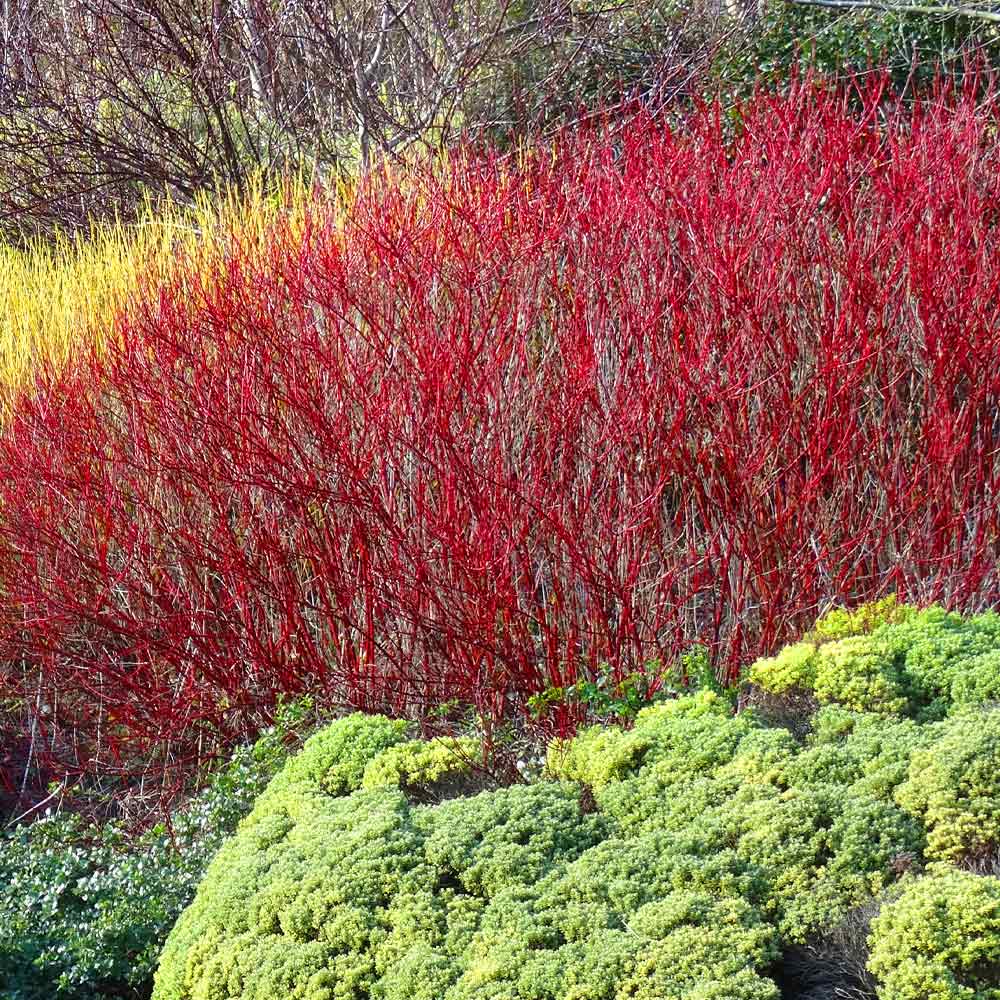

Opposite, entire, stalked, narrow elliptical shape, taper at both ends, pale under, veins curve to tip.Īlternate, entire, stalked, broadly oval, rounded base, taper at tip. Opposite, entire, stalked, oval to lance shape, pale under, veins curve to tip. Nearly as high as wide and NOT flat toppedįlat-topped, mostly at the ends of branchesīloom period (typical - varies with season) An identification key is presented below these photos.Īll four dogwoods have small 4-part white flowers that are borne in branching clusters. The author name for the plant classification - 'L.' refers to Carl Linnaeus (1707-1778), Swedish botanist and the developer of the binomial nomenclature of modern taxonomy.Ĭomparisons: There are four Dogwoods in Eloise Butler. You will frequently see this plant listed as one of the older scientific names - Cornus stolonifera, which name referred to the underground stolons that allow the plant to spread and form thickets, but Flora of North America states that this is a mis-identification, probably from observation of the rooting stems, as this species does not have rhizomes and does not produce stolons. The species, sericea, means 'silky', referring to the finely appressed hair on the young twigs and upper leaf surface.

#7).Ĭornus is also the old Latin name for the cornelian cherry, Cornus mas. The Spindle Tree ( Euonymus atropurpureus) is another such species which was referred to by some as “dogwood”. As to the common name, Dogwood is very dense and was once used for loom shuttles and spindles and in old English "Dagwood" referring to woods used in making daggers, skewers, and arrows. Most references believe that name was applied as a reference to the density of the wood of this genus, which also includes the boxwoods. Names: The genus, Cornus, is from the Latin cormu which refers to a 'horn'.

It spreads vegetatively by crown sprouts and low stems rooting at the nodes. Planting should be done as early as possible and always before June. Poorly drained soils are best which is why it is frequently found in marshes.
Red twig dogwood tree full#
Habitat: Red osier Dogwood grows best in wet to mesic soil conditions with full to partial sun. Seeds require 60 days of cold stratification for germination. (Some references state there are 2 seeds per drupe but one is typical in Minnesota plants) Shrubs are 3 to 4 years old before they produce seed. They have a short 4-toothed calyx, 4 spreading lance-shaped white petals, 4 stamens that arise alternate with the petals on long filaments with yellow anthers and a single yellow-green pistil with a single style that has a knob-like tip.įruit: Fertile flowers form a round drupe, 1/4 to 1/3 inch diameter, green initially, that turns to a whitish lead color, and usually contains one dark brown hard seed, which is round, 4 to 6 mm, but slightly flattened top and bottom and distinctly ribbed. Individual flowers are perfect, small, 1/4 inch wide, 4-parted. The inflorescence is a flat-topped branched cluster (a cyme), about 2 inches wide, at the end of stems. Cultivars are available in the nursery trade with variegated leaves. Fall color ranges from yellow to a purplish red depending on the annual seasonal variations. Some plants may have leaves without hair. The upper surface has finely appressed hair, the underside with sparse whitish hair on the veins. Leaves are opposite, entire, on slender stalks, oval to lance shape, rounded at the base and more pointed at the tip, whitish on the underside, and have 5 to 7 pairs of upward curving veins. Some plants have a yellow variation to the stem color. Twigs resting on the ground may root at a stem node. The youngest twigs will have fine appressed hair. The pith of older twigs is whitish whitish color lenticels sparingly dot the surface. Twigs have narrow tapering buds but the terminal flower buds, which also produce leaves, will be more swollen. Stems: The "red" refers to the color of the bark of branches, stems and twigs in fall, winter and spring more greenish-red in summer. The plant grows to be an erect to spreading large shrub, up to 9 feet high and tends to form thickets with numerous stems rising from the root system. Red osier Dogwood is found primarily in the woodland and marsh areas this widespread native shrub begins blooming as early as the beginning of May, but you may spot blooms at various times until Autumn.


 0 kommentar(er)
0 kommentar(er)
